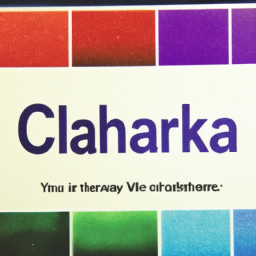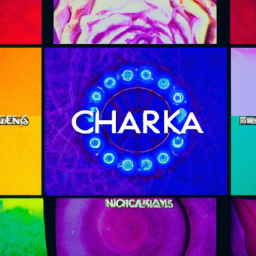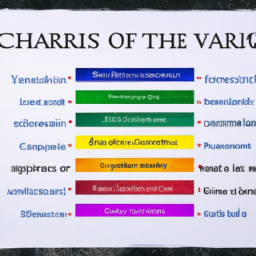Chakras refer to the interconnected energy centers that are believed to exist within the human body. These chakras serve as channels for the flow of energy, also known as prana, which is vital for our physical and emotional well-being. In this article, we will explore the seven major chakras and their names.
Root Chakra: Muladhara
The first chakra, also known as the root chakra, is located at the base of the spine and is associated with the color red. Its name, Muladhara, translates to “root support” in Sanskrit. This chakra is responsible for our basic survival needs, including our sense of security, stability, and grounding.
Sacral Chakra: Svadhishthana
The second chakra, located just below the navel, is known as the sacral chakra or Svadhishthana in Sanskrit, which means “one’s own abode”. It is associated with the color orange and is believed to govern our creativity, sexuality, and emotions.
Solar Plexus Chakra: Manipura
The third chakra, also known as the solar plexus chakra, is located in the upper abdomen and is associated with the color yellow. Its Sanskrit name, Manipura, translates to “lustrous gem” and is believed to be responsible for our self-confidence, personal power, and sense of purpose.
Heart Chakra: Anahata
The fourth chakra, commonly referred to as the heart chakra, is located in the center of the chest and is associated with the color green. Its Sanskrit name, Anahata, means “unstruck” or “unhurt” and reflects the chakra’s role in governing our feelings of love, compassion, and connection.
Throat Chakra: Vishuddha
Located in the throat area, the fifth chakra is known as the throat chakra or Vishuddha in Sanskrit, which translates to “purification”. This chakra is associated with the color blue and is believed to govern our ability to communicate effectively, express our authentic selves, and listen attentively.
Third Eye Chakra: Ajna
The sixth chakra, also known as the third eye chakra, is located in the center of the forehead and is associated with the color indigo. Its name, Ajna, translates to “perceive” or “command” in Sanskrit, highlighting its role in our intuition, imagination, and inner wisdom.
Crown Chakra: Sahasrara
The final chakra, known as the crown chakra, is located at the top of the head and is associated with the color violet or white. Its Sanskrit name, Sahasrara, means “thousand-petaled” and reflects the belief that this chakra is the gateway to enlightenment, spiritual connection, and transcendence.
In conclusion, the seven chakras play a vital role in our physical, emotional, and spiritual well-being. Each chakra has its own unique name, reflecting its specific functions and associations. By understanding and balancing these energy centers, we can achieve a harmonious flow of prana, leading to a healthier and more fulfilling life.





Very interesting question! #ChakraKnowledge
Great question – lots of fascinating info to learn! #ChakraExploration
This is an intriguing topic! #ChakraFun